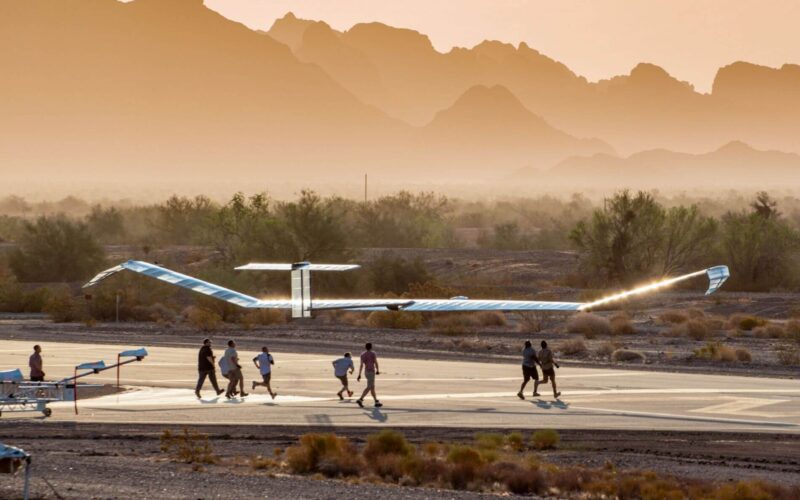The Airbus Zephyr S high-altitude solar powered drone has reached an altitude of 76,100 feet (over 23,000 meters) in one of its last test flights, concluding its testing campaign in the United States.
Overall, the aircraft spent 36 days in the stratosphere across several flights, testing various payloads while remaining high over commercial traffic.
High-altitude solar powered drones, also known as pseudo-satellites, are intended to remain in flight for months at a time, performing observation missions or acting as communication nodes.
In July 2018, the Zephyr S broke the world record for unmanned aerial vehicle flight endurance when it spent over 25 days in flight.
While none of the aircraft’s recent flights have lasted more than 19 days, it still achieved an altitude record for this type of vehicle, according to an Airbus press release.
According to the company, such a capability can be used for both commercial and military use. The aircraft can combine the persistence of a geostationary satellite while remaining as maneuverable and flexible as a conventional drone.
The Zephyr S, formerly known as the Zephyr 8, is the latest prototype in the Airbus high-altitude drone family. It has a wingspan of 25 meters (82 feet), weighs less than 75 kilograms (165 pounds) and can carry a wide range of payloads.

